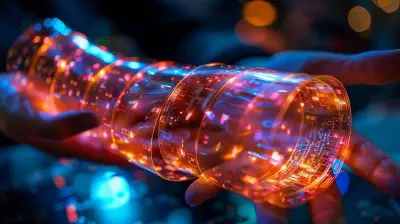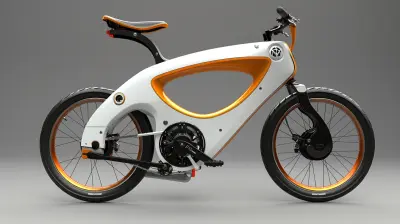Understanding Camera Sensors: Crop vs. Full Frame
11 August 2025
Photography is like cooking—your ingredients (lenses, sensors, lighting) determine if you end up with a Michelin-star-worthy dish or a burnt mess. And when it comes to camera sensors, the choice between crop sensors and full-frame sensors is like picking between a perfectly portioned meal and an all-you-can-eat buffet.
But which one is right for you? Whether you're a budding photographer or a seasoned pro, understanding the differences between crop and full-frame sensors can help you snap better shots. Let’s break it down in plain English! 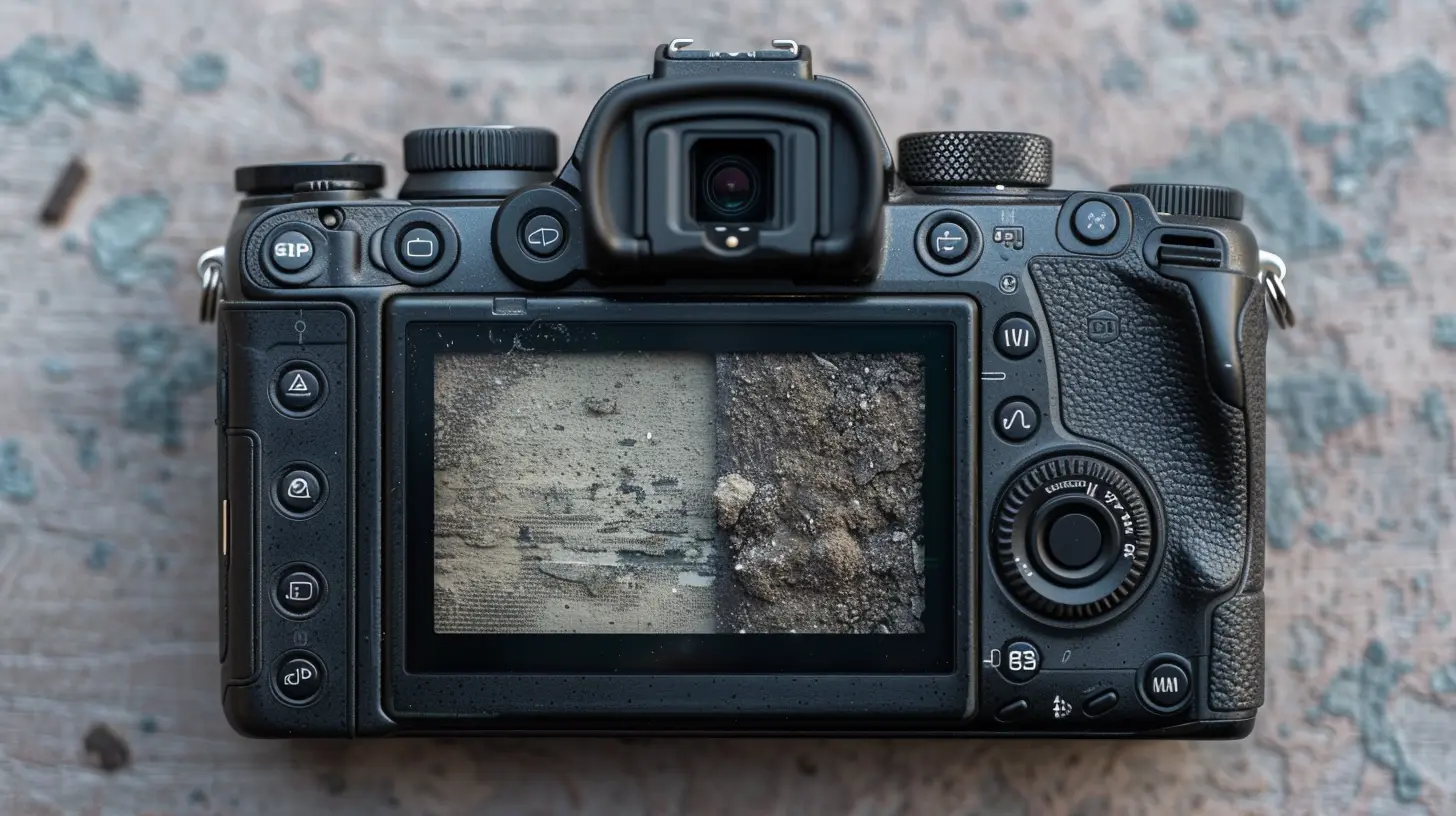
What Is a Camera Sensor?
Before we dive into the sensor showdown, let’s define what a camera sensor actually does.A camera sensor is the digital equivalent of film—it's the part of your camera that captures light and turns it into an image. Sensors come in different sizes, and size plays a massive role in image quality, depth of field, and low-light performance.
Two of the most common sensor types are crop sensors (also called APS-C or Micro Four Thirds) and full-frame sensors (which mimic the size of 35mm film). Each has its own strengths and weaknesses, so let’s examine them more closely. 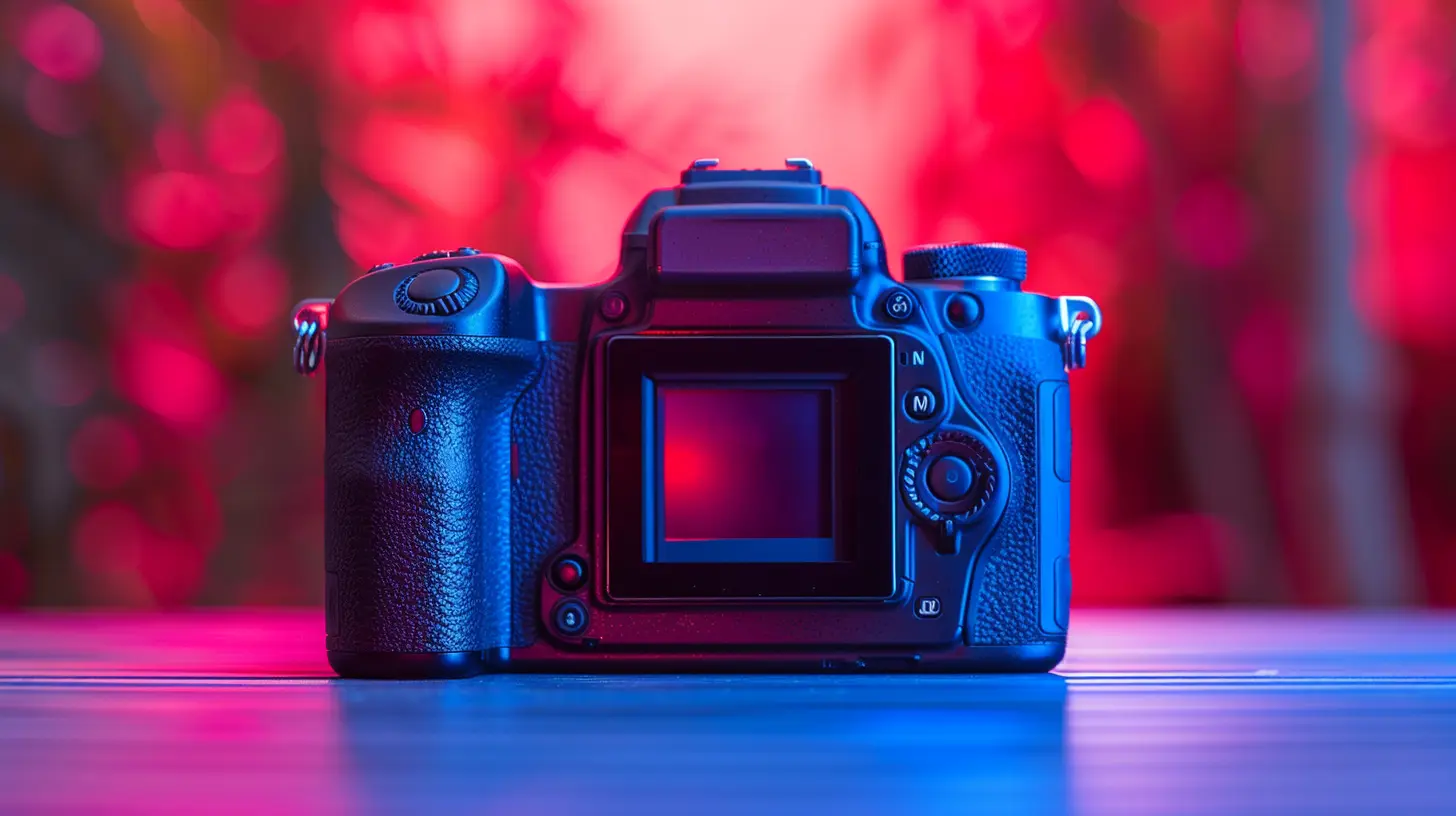
What Is a Full-Frame Sensor?
A full-frame sensor is the big kahuna of digital photography. It measures 36mm x 24mm, the same size as traditional 35mm film. Because of its larger size, a full-frame sensor gathers more light, resulting in better image quality, especially in low-light conditions.Why Photographers Love Full-Frame Sensors
✅ Better Low-Light Performance – Larger sensors capture more light, which means cleaner images with less noise when shooting in dim conditions.✅ Improved Dynamic Range – Full-frame cameras can capture more detail in highlights and shadows, making them ideal for landscapes and high-contrast scenes.
✅ Shallower Depth of Field – Want that beautiful, creamy background blur (bokeh) in your portraits? Full-frame cameras make it easier thanks to their larger sensors.
✅ Wider Field of View – Lenses on a full-frame camera capture a wider perspective compared to crop-sensor counterparts. Great for landscapes, architecture, and street photography!
Downsides of Full-Frame Sensors
❌ Higher Cost – Full-frame cameras and lenses are generally pricier. Your wallet might shed a tear.❌ Heavier and Bulkier – Larger sensors require bigger camera bodies and lenses, making your gear bag a workout in itself.
❌ Not Always Necessary – If you're mainly shooting for social media or as a hobby, a full-frame might be overkill. 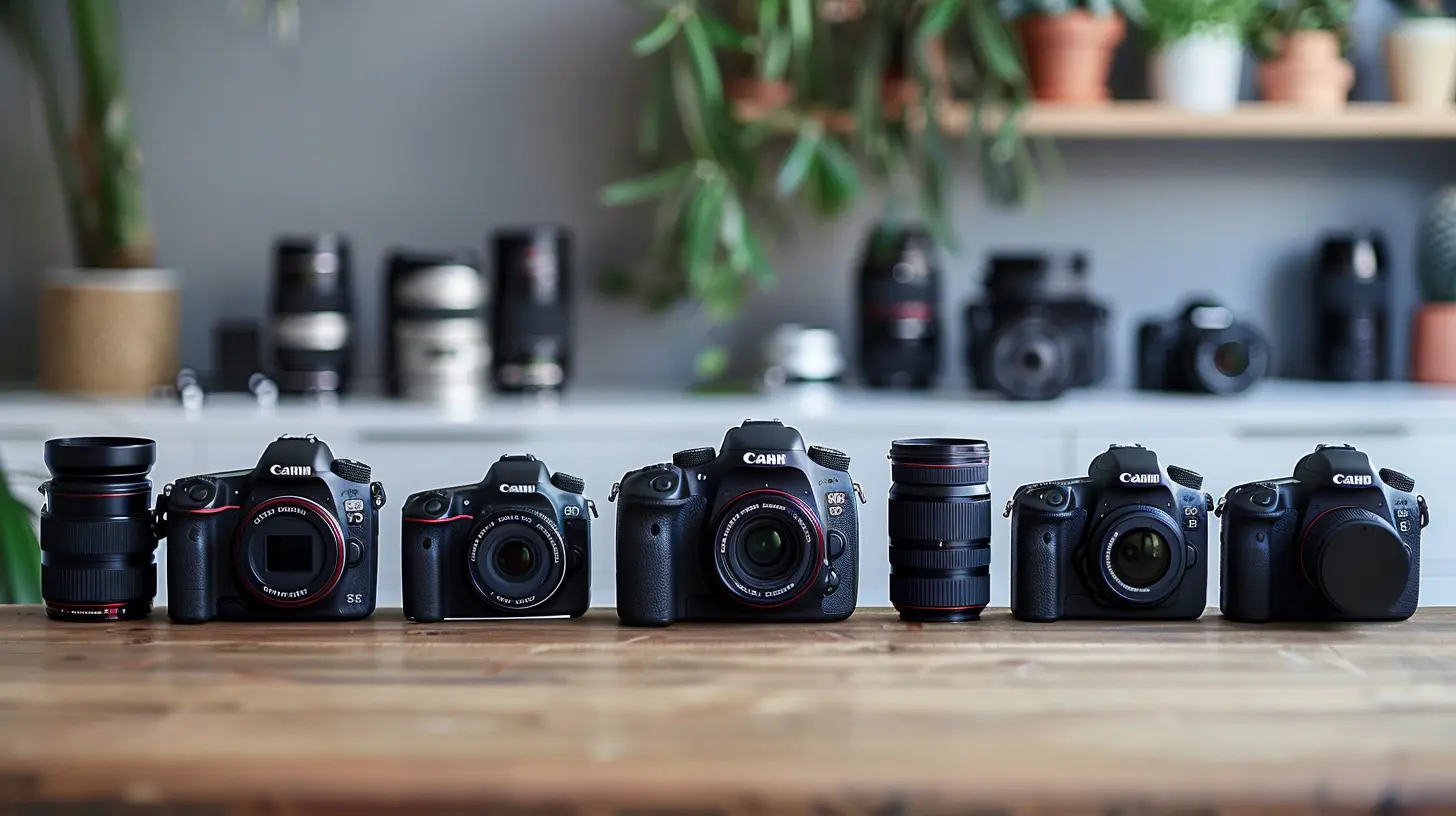
What Is a Crop Sensor?
A crop sensor is smaller than a full-frame sensor, typically measuring 22mm x 15mm for APS-C or 17mm x 13mm for Micro Four Thirds. The term "crop" comes from the fact that these sensors crop into the image compared to full-frame sensors, effectively zooming in on your subject.Why Photographers Love Crop Sensors
✅ More Affordable – Crop-sensor cameras and lenses are generally cheaper, making them a great choice for beginners and budget-conscious photographers.✅ Lighter and More Compact – Smaller sensors mean smaller camera bodies and lenses, which is perfect for travelers and on-the-go shooters.
✅ Extra Reach for Telephoto Lenses – Because of the crop factor, a 70-200mm lens on a crop sensor behaves like a 105-300mm lens. Wildlife and sports photographers love this bonus zoom!
Downsides of Crop Sensors
❌ Reduced Low-Light Performance – Since the sensor size is smaller, it collects less light, which can result in noisier images in dim environments.❌ Narrower Field of View – Wide-angle shots aren’t as wide, which can be a drawback for landscape photographers.
❌ Less Depth of Field Control – Bokeh lovers may struggle to achieve the same dreamy background blur as a full-frame. 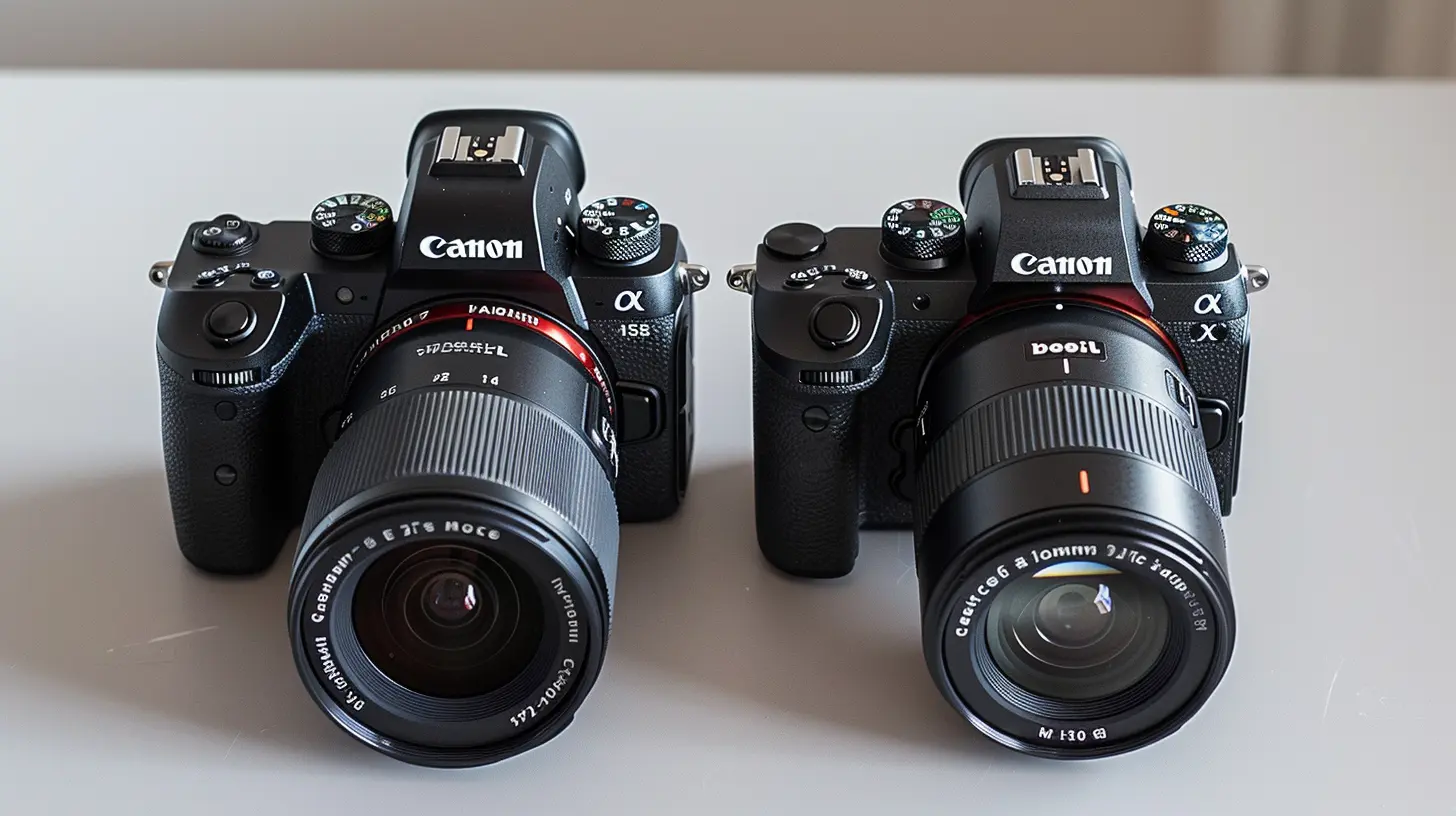
Crop Factor: What’s the Big Deal?
The crop factor is what makes crop sensors feel like they’re zooming in on a scene.For APS-C cameras, the crop factor is 1.5x (for Canon, it’s 1.6x). That means if you attach a 50mm lens to an APS-C camera, it behaves more like a 75mm lens (1.5 × 50mm).
For Micro Four Thirds, the crop factor is 2x, so a 50mm lens acts like a 100mm lens!
This can be a blessing or a curse, depending on what you shoot. If you love telephoto photography (sports, wildlife), the extra zoom is fantastic. But if you love wide angles (landscapes, real estate), it might feel limiting.
Full-Frame vs. Crop Sensor: Side-By-Side Comparison
| Feature | Full-Frame Sensor | Crop Sensor ||--------------------|-----------------|-------------|
| Sensor Size | 36mm x 24mm | 22mm x 15mm (APS-C) |
| Low-Light Performance | Excellent | Decent |
| Field of View | Wider | Narrower (Cropped) |
| Depth of Field Control | More Background Blur | Less Background Blur |
| Camera & Lens Cost | Expensive | More Affordable |
| Camera Size & Weight | Heavy & Bulky | Lighter & Portable |
| Best For… | Portraits, Landscapes, Low-Light | Travel, Wildlife, Budget Shooters |
Which One Should You Choose?
So, should you go for a full-frame or a crop sensor camera? It depends on your photography style, budget, and needs!Get a Full-Frame Camera If:
✔️ You want the best image quality✔️ You shoot a lot of low-light photos
✔️ You love portraits, landscapes, or professional work
✔️ You don’t mind carrying heavier gear
Get a Crop-Sensor Camera If:
✔️ You're on a budget but still want great image quality✔️ You need a lightweight setup for travel or casual photography
✔️ You love wildlife and sports photography (extra zoom!)
✔️ You want to start with a beginner-friendly camera
The Bottom Line
Both full-frame and crop sensors have their place in the photography world. It’s not about which one is “better,” but which one suits your needs better.If you’re aiming for professional-quality, low-light performance, and superior depth of field control, full-frame is the way to go. But if you’re looking for affordability, portability, and extra reach, a crop sensor will serve you well.
At the end of the day, the best camera is the one you actually use. Happy shooting!
all images in this post were generated using AI tools
Category:
Camera GearAuthor:

Marcus Gray
Discussion
rate this article
1 comments
Zyana Pratt
This article brilliantly simplifies the complexities of camera sensors, highlighting the key differences between crop and full-frame formats. A must-read for photographers and enthusiasts alike, it effectively addresses how sensor size impacts image quality and field of view. Great job!
September 3, 2025 at 2:48 AM

Marcus Gray
Thank you for your kind words! I'm glad you found the article helpful in understanding camera sensors and their impact on photography.
